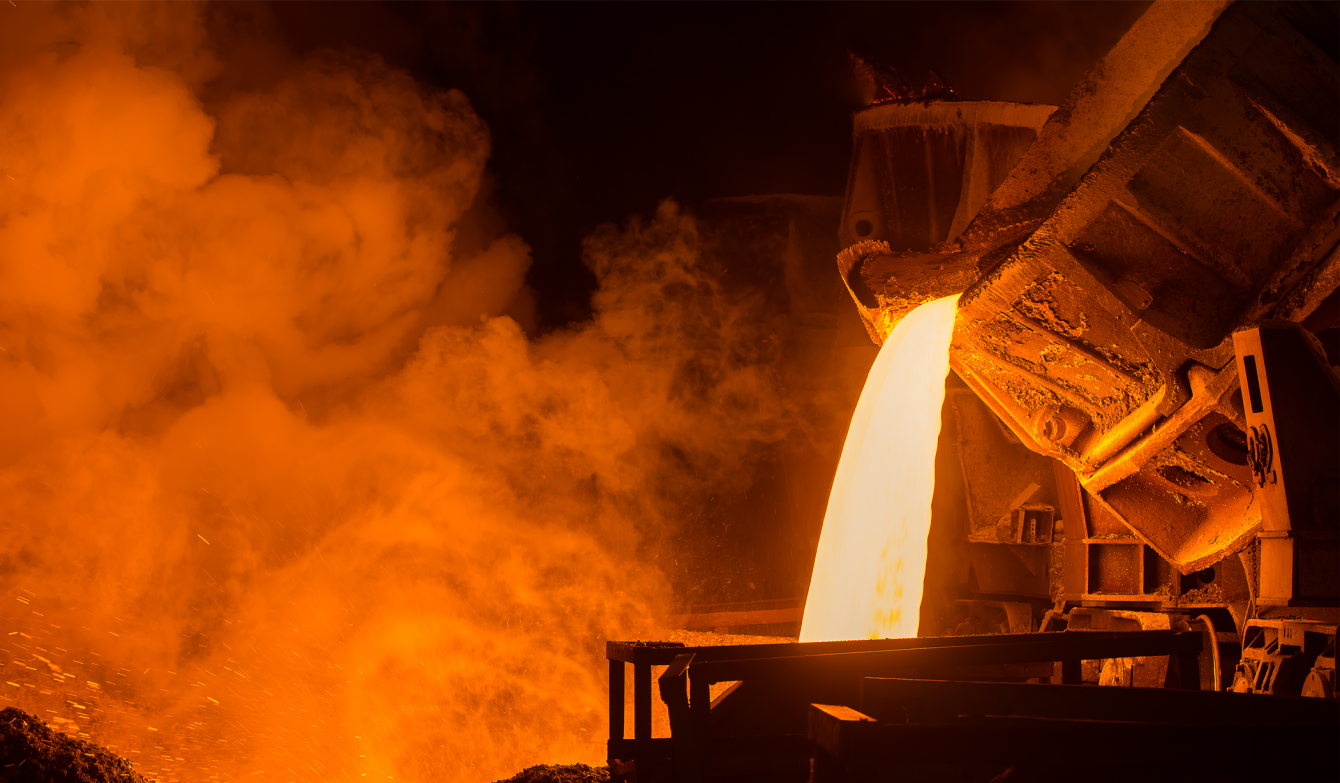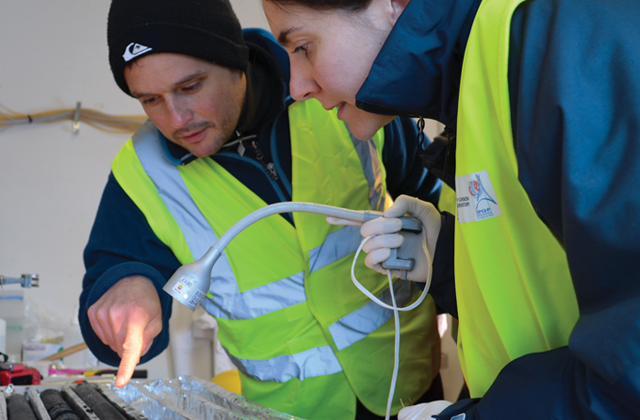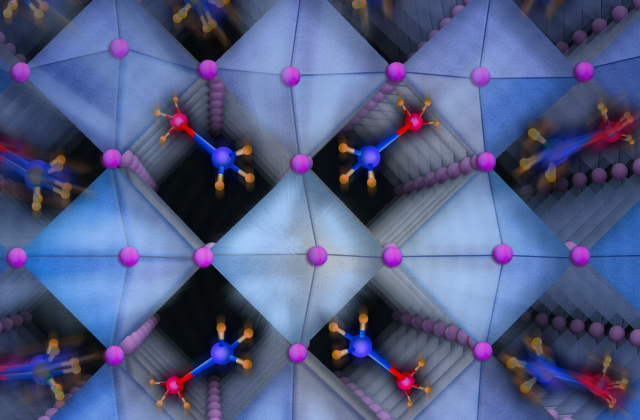How can we safely reduce toxic byproducts of steel and iron production?

In China, the waste from iron and steel production, known as slag, accumulates in landfills and open stockpiles, where the toxic elements it contains can cause environmental and health problems. Columbia engineering researchers have created a process that turns steel and iron waste into reusable materials while reducing overall carbon emissions.
China manufactures half of the world’s iron and steel. Ah-Hyung (Alissa) Park, director of the Lenfest Center for Sustainable Energy and Xiaozhou (Sean) Zhou ‘15GSAS designed a slag processing unit for China’s Baotou Iron and Steel (Group) Co. The researchers hope to reach zero-waste by safely processing Baotou Steel’s slag. A new processing method, based on carbon sequestration technology, holds promise for reducing the amount of land used to stockpile slag, cleaning up landfills, converting waste into useful products for other industries.
“The techniques we’ve developed have the potential to make iron and steel manufacturing substantially more sustainable—not only in China, but globally,” said Park.
The project leaders have formed a spinoff startup, GreenOre CleanTech LLC, through Columbia Technology Ventures, and are working on designing the first commercial pilot plant in Mongolia, which will be 500 times the size of the prototype in the Columbia Engineering lab. Learn more.
Make Your Commitment Today




